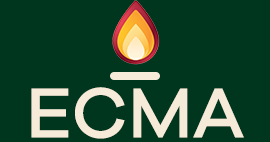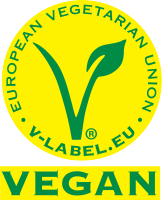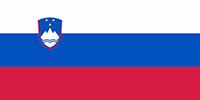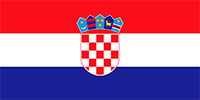Today, natural products are the fastest-growing segment in the market and probably the biggest trend in fragrances, with a projected growth rate of 9.6% from 2019 to 2024. Due to the demand for natural fragrances, this opens up a pathway for growth in the fragrance industry.
Marketing Trends
Multinational brands have already started to influence this trend. For example, in 2008, SC Johnson acquired the green brand Mrs. Meyer’s, and just last year, Air Wick introduced its own natural and eco-focused products with its Botanica line.
What factors contribute to such growth? The biggest role in this is played by consumers’ lack of knowledge, as they are obsessed with entirely natural products. While all product ingredients must meet the same safety criteria, most consumers still opt for natural products because they believe it means they are safer and healthier.
Understanding “natural fragrances”
As much as the major manufacturers are present in this field, they also influence regulations, so we still do not have a universally accepted definition of a natural ingredient, creating a huge space for defining ingredients in the “natural” category.
The key point is that the ingredient must occur in nature, which is sufficient for the industry to start and develop a product.
There are many ways to design a product with a natural look, as can be seen in the following text.
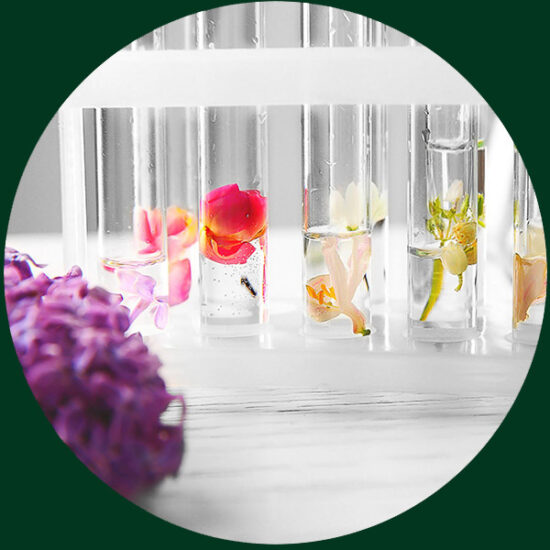
Regarding the advertising campaign for products in trend, there is also an informal qualification.
When the label reads “contains 100% natural fragrances,” it means that the product may contain ingredients that are 100% natural according to ISO 9235 standards.
When the label reads “made with,” it means that the fragrance contains natural essential oils. The product formula may contain many synthetic ingredients, but it must contain a carrier of natural ingredients.
“Naturally derived” means that the product may be made from natural or synthetic ingredients that were originally derived from materials found in nature. Many raw materials available for sale are already made from natural sources, which is a good way to support their sustainability while giving the manufacturer a wide range to work with.
A fragrance labeled “nature identical” is made from ingredients found in nature but is synthetically made to promote sustainability. Many natural fragrance ingredients are becoming rare and hard to find. By using synthetic equivalents, manufacturers can consistently provide high-quality products and protect the environment.
When using plant-based raw materials to make products, we get a “vegan” product. Such fragrances must not contain components of animal origin or petrochemical-derived materials.
This option includes essential oils and natural plant-based fragrances, as well as synthetics if they are plant-derived.
Unlike vegans, “vegan-friendly” has a similar range but may also include petrochemically derived materials.
Since fragrances from animal-derived materials are mostly not found in manufacturers’ catalogs, many fragrances fall into the category of “vegan-friendly.”
Ingredients and finished products labeled “Cruelty-Free” are not tested on animals, which applies to all aromatic materials.
For fragrances to originate from “sustainably sourced” means that the ingredients must be collected from sustainable sources.
This classification allows for the use of synthetic fragrance ingredients.
Currently, the International Fragrance Association (IFRA) has defined 150 essential oils, 800 natural isolates, and 3000 synthetic bases.
By combining all of the above, we get fragrances, but only 100% natural fragrances are used in our scented candles.
What is the situation in the market?
We know that all global markets are regulated, but how?
The American market is regulated in a way that, for example, it is not mandatory to label the content on the product, so, for example, their leading candle manufacturer does not disclose the content for their scented series, but rather describes the candles: “Pumpkin, baked with cloves, nutmeg, and cinnamon, sweetened with brown sugar.”
In addition to global standards, the European Union has its own standards for the EU, and each member state has its own, such as Italy and France, just like Slovenia.
